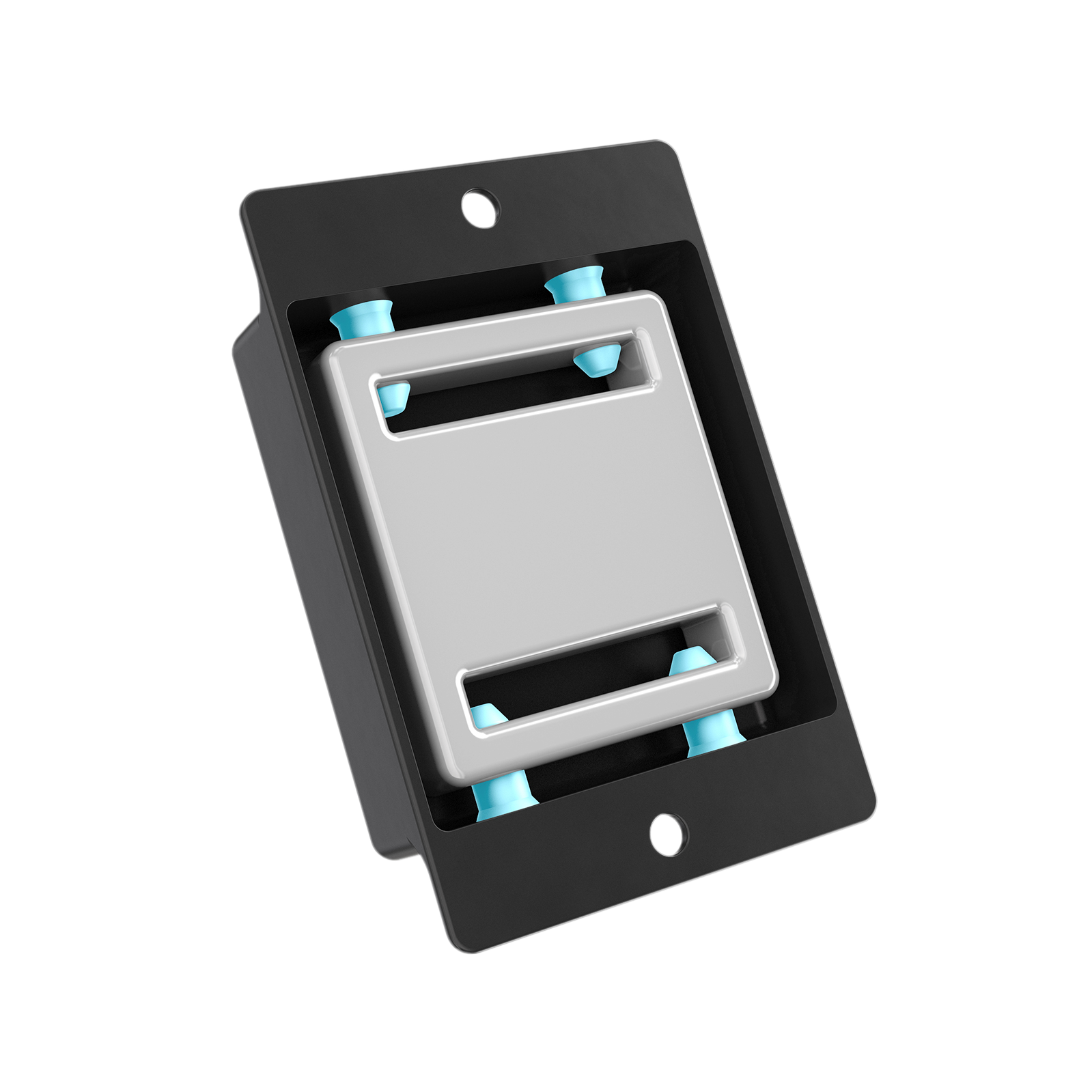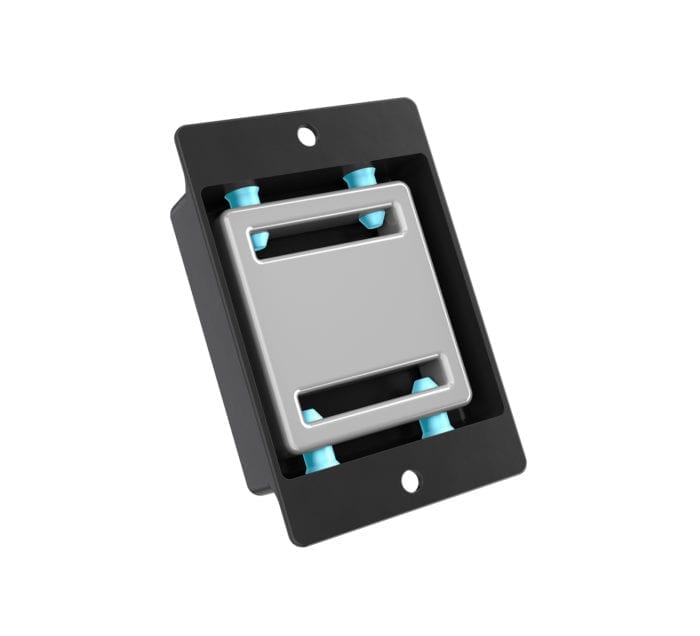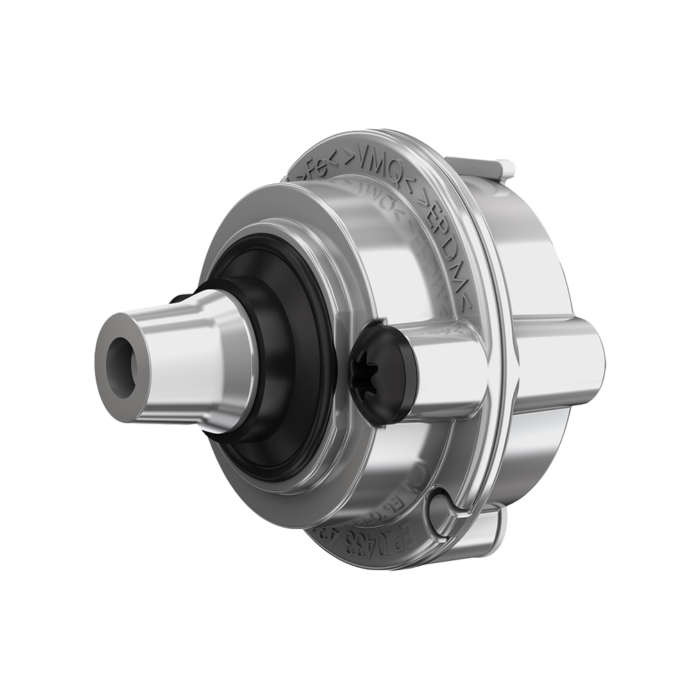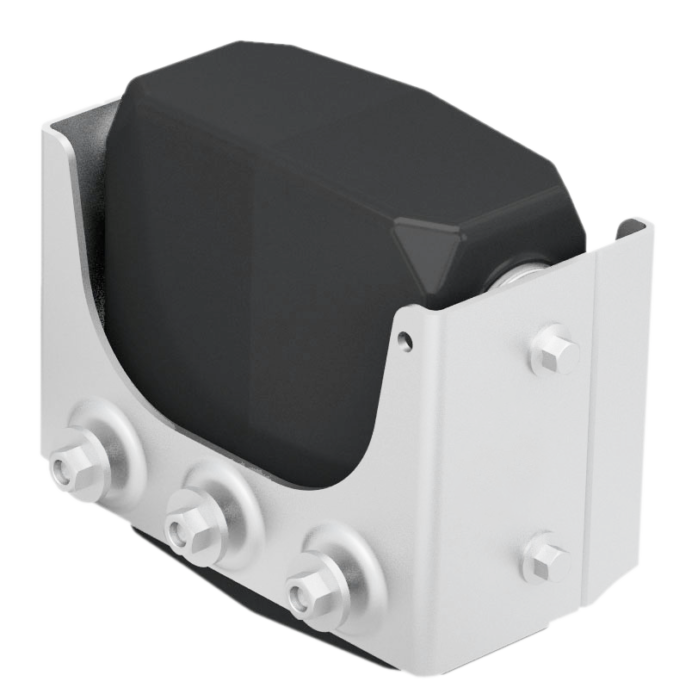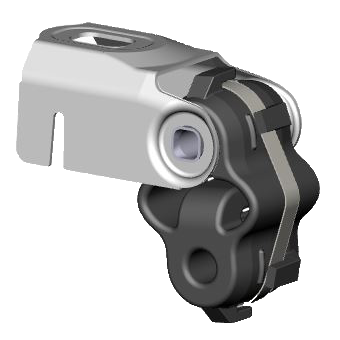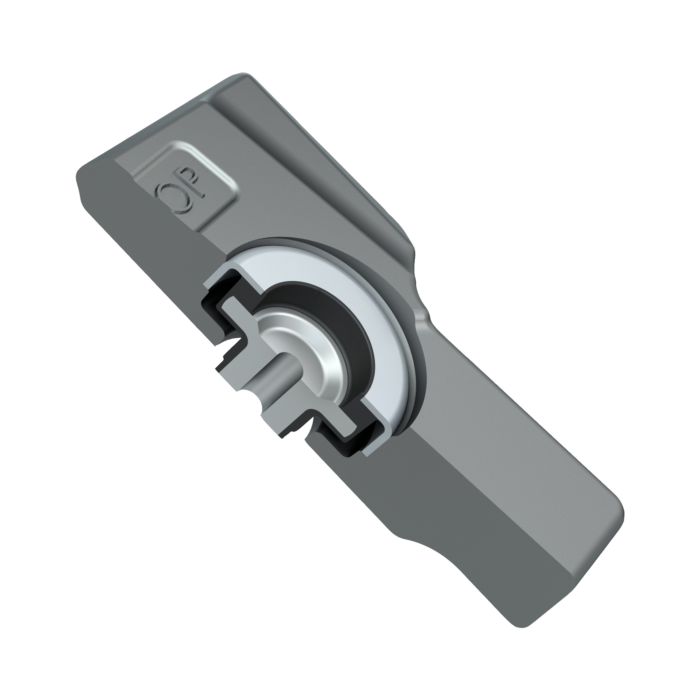Light Vehicle Products | Isolators & Dampers | Chassis
Seat Dampers
Reduce seat vibrations with opposing inertial forces
Reduce seat vibrations with opposing inertial forces
Rear-seat entertainment systems are becoming increasingly popular, not just in premium sedans, but also in family vehicles. To get the fullest enjoyment from movies or games, the vibration behavior of the front seats, where the screens are mounted, needs to be improved.
The often-visible vibrations of an unoccupied seat can lead to quality complaints from customers. To address customers’ specific frequency needs, die-cast materials like zinc can provide the moving mass for the damper, while lightweight glass fiber re-inforced plastic housings can reduce the weight. Silicone rubber is used to mount the moving mass into the housing and provides the damping characteristics. It has very good temperature characteristics and can also be color coded for better identification during assembly.
About Isolators & Dampers | Chassis
Isolators and mass dampers are ideal for solving a wide variety of vibration-related challenges transmitted into the chassis from the road surface. Linear dampers are a strategic design element to counteract unwanted noise and vibrations – especially in lightweight structures.
more
Mass dampers are ideal for use in applications where vibrations need to be balanced with opposing inertial forces. In these configurations, an additional spring-mass system with the same frequency, but opposite amplitude, acts on the vibrating structure, effectively eliminating its vibrations. The way mass dampers work means they can be used in a wide variety of scenarios: transmissions, steering wheels, and even whole convertibles are just some of the applications that make use of this indispensable system to prevent Noise, Vibration and Harshness issues.
Active mass dampers are another way of improving comfort even further. They use a sensor placed on the vibrating structure and an ECU (Electric Control Unit) that controls a solenoid which is able to accelerate the absorber mass. This way, active mass dampers not only come with a design that weighs less and takes up less space than their conventional counterparts, but they are also able to adjust to variables such as additional cargo load, road surface excitation, and temperature.

